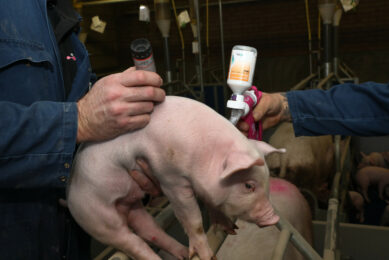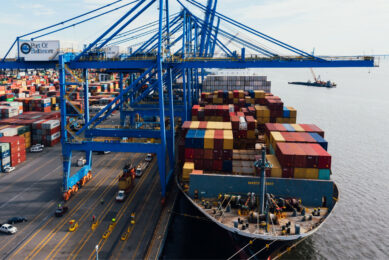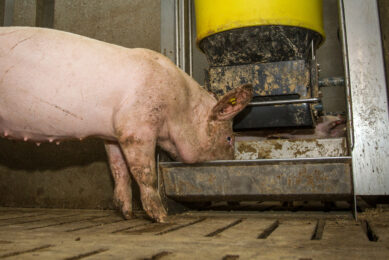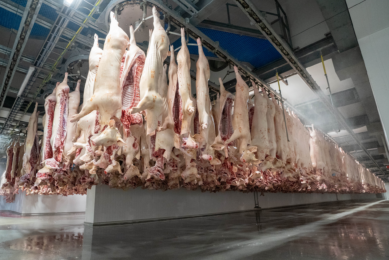Russian pig farmers hope for a drastic increase in domestic demand
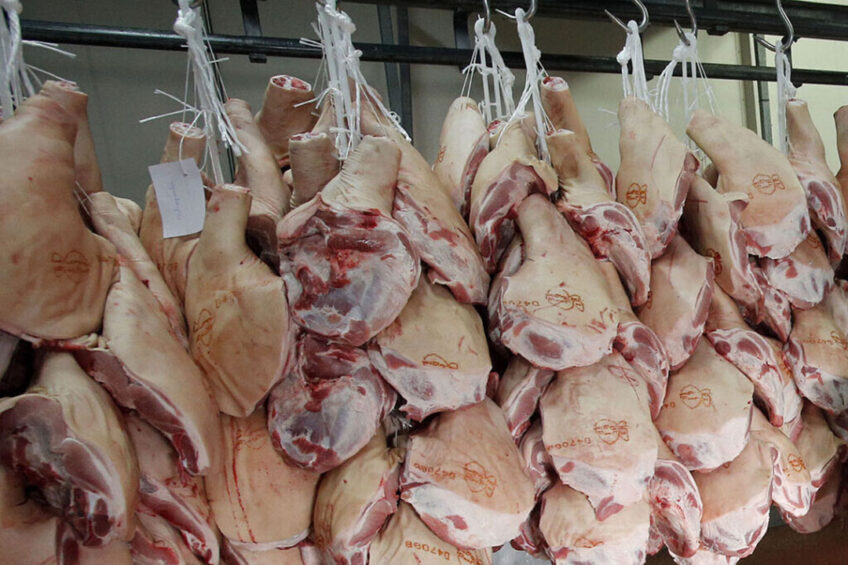
Russia braces for a worsening oversupply crisis as 250,000 additional tonnes of pork are expected to land on the domestic market this year. Yuri Kovalev, chairman of the Russian Union of pork producers, said this in a column published by the Russian magazine Agroinvestor.
Russia is likely to increase production in 2022 by 200,000 tonnes, plus an additional 50,000 tonnes is projected to land on the domestic market due to a slump in exports, Kovalev estimated. He added that domestic consumption has to jump by 7% to offset the rising supply.
State aid to stabilise prices
The biggest question is what the average price of pork will be in the second half of 2022. The best scenario predicts that it will stand at 120-125 rubles ($ 1.98-$ 2.06) per kg.
The growth in consumption, in that case, will be associated with 500 billion state aid ($ 8.25 billion) allotted by the government to low-income families with children and an additional 500 billion ($ 8.25 billion) allocated to secure a rise in the public sector salaries, Kovalev said.
“The experience of the Covid-19 pandemic shows that a significant part of these funds is spent on food, bolstering the demand and prices,” Kovalev said, adding that under an unfavourable scenario, the state aid would be insufficient to prevent prices from falling, so they would dip to 108 to 110 rubles ($ 1.78 – $ 1.81) per kg hindering producers’ margins.
Pork replaces poultry
Historically low prices on the Russian market have secured an 8.5% rise in demand for pork on the Russian market in the first half of 2022. Russians purchased 165,000 tonnes more pork compared to the same period of the previous year.
Beef consumption dropped by 30,000 tonnes in a year-to-year comparison. Kovalev said that it is very likely that pig farmers took over the share of beef on the Russian meat market. The picture is also similar with poultry consumption.
“The shift in demand from poultry to pork is driven by a change in the average annual price ratio between these types of meat,” Kovalev said, estimating that pork used to be 50% more expensive than poultry, but during the past 2 years the difference has been limited to 25%.
Trend continues
This trend is likely to continue, and already today, the price of boneless ham or shoulder in Russia is almost equal to that of a chicken fillet, Kovalev said.
“This will certainly contribute to further growth in pork consumption, though producers will receive a smaller margin. This is the global practice,” he said.



